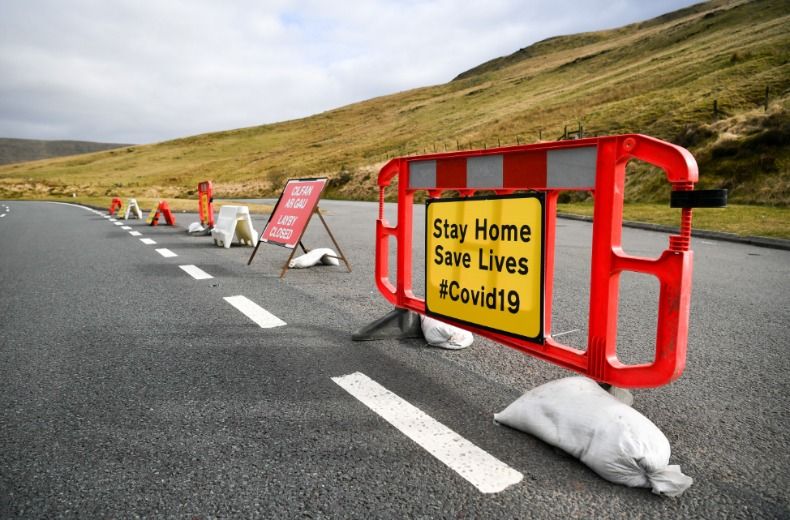Government data shows that the number of speeding drivers increased by 7% during the first lockdown.
As traffic levels plummeted by up to 73%, the proportion of motorists exceeding the speed limit surged compared with the same period in 2019.1
The rate of offences increased most on single carriageways from 10% to 17%, and 30mph roads, where offences rose from 56% to 63%, compared to last year.
Meanwhile on motorways, speeding increased by just 1% from 52% to 53%.
During the first three weeks of the lockdown six forces – The Met, Northamptonshire, Gwent, Staffordshire, Kent and Humberside – all caught motorists driving at speeds in excess of 130mph.
Quieter roads saw more offenders and astounding lockdown speeds.
One extreme rule breaker was caught driving at 163mph on the M1 in April2, while another driver posted footage of himself reaching 201mph on the M23 in an Audi RS6.3

SALE – up to 40% off*
Roadside & Recovery from £5.29 a month*
• Cheaper than AA Price Promise or we’ll beat by 20%^
• We get to most breakdowns in 60 mins or less
• Our patrols fix 4/5 breakdowns on the spot

The Department for Transport’s (DfT) latest analysis uses data collected from Automatic Traffic Counters rather than records of offences.
RAC head of roads policy Nicholas Lyes said: “This data confirms what we previously suspected: lower traffic volumes sadly led to some shocking levels of speed limit disobedience, particularly on 30mph limit roads.
“This dangerous behaviour unnecessarily put lives at risk during the first national lockdown when more people were walking and cycling.”
Extreme speeding also spiked during the first lockdown as exceeding the limit by 10mph went up from 13% to 15% on motorways, 1% to 3% on single carriageway roads and 6% to 8% on 30mph roads.
When lockdown rules began to relax, excess speeds returned to normal levels despite traffic numbers reaching 80% of usual levels.
- Coronavirus: How to use your car during COVID-19
- Speeding fines – how much you have to pay
- Car dependency and the pandemic
For some drivers the emptier roads were an invitation to break the rules.
According to RAC research almost one in 10 (8%) people claimed to have seen more drivers using handheld mobile phones at the wheel than they would have done in non-lockdown conditions.
A further 5% of those surveyed believed they had witnessed vehicles racing on public roads.
Mr Lyes said: "Empty roads should not be an excuse to drive dangerously and it would be frightening to think one of the legacies of the lockdown is a complete disregard for speed limits and other road users’ safety.”
DfT data shows that excessive speed was responsible for 4,652 road traffic collisions – or the equivalent of 13 road traffic collisions a day during 2018, although because of how data is recorded this figure may underestimate the true number.













